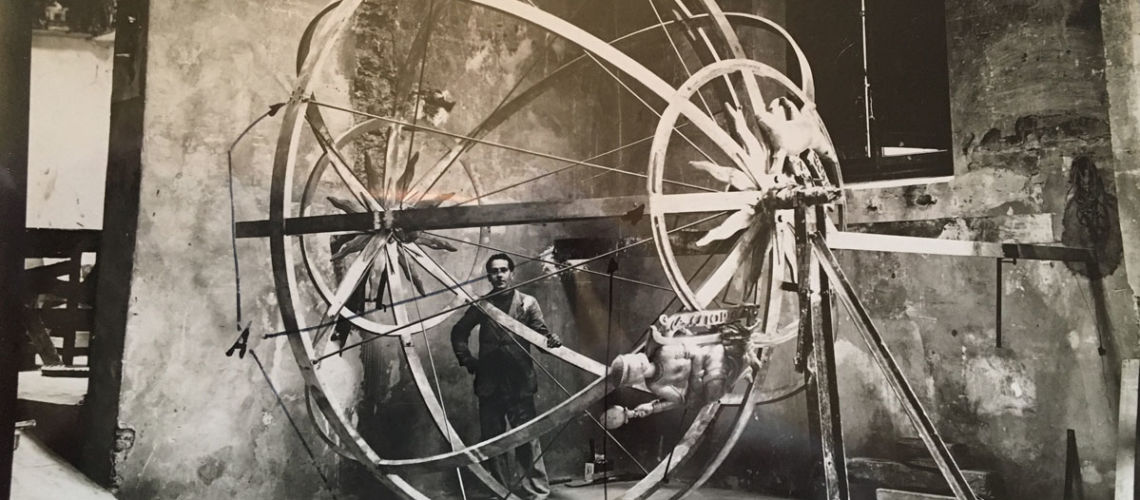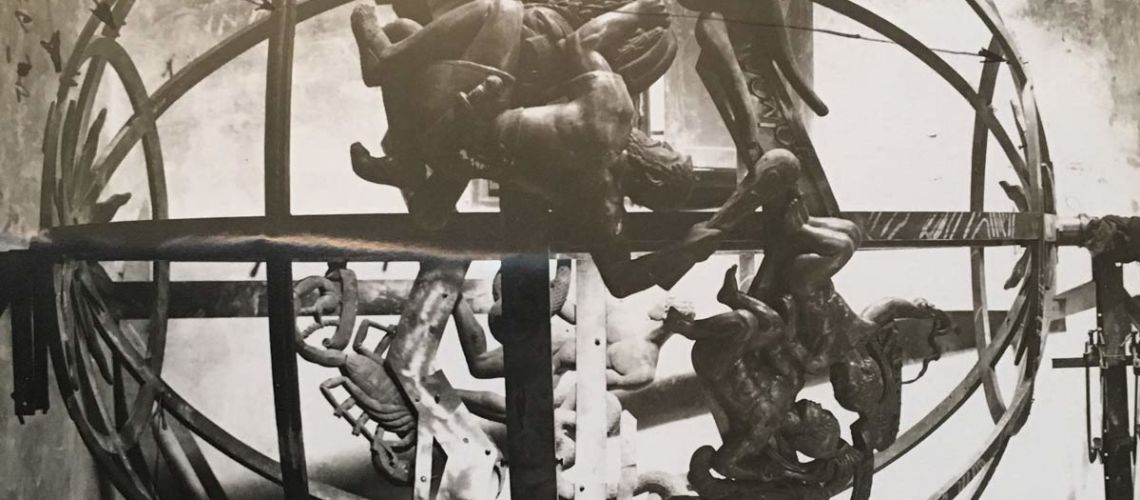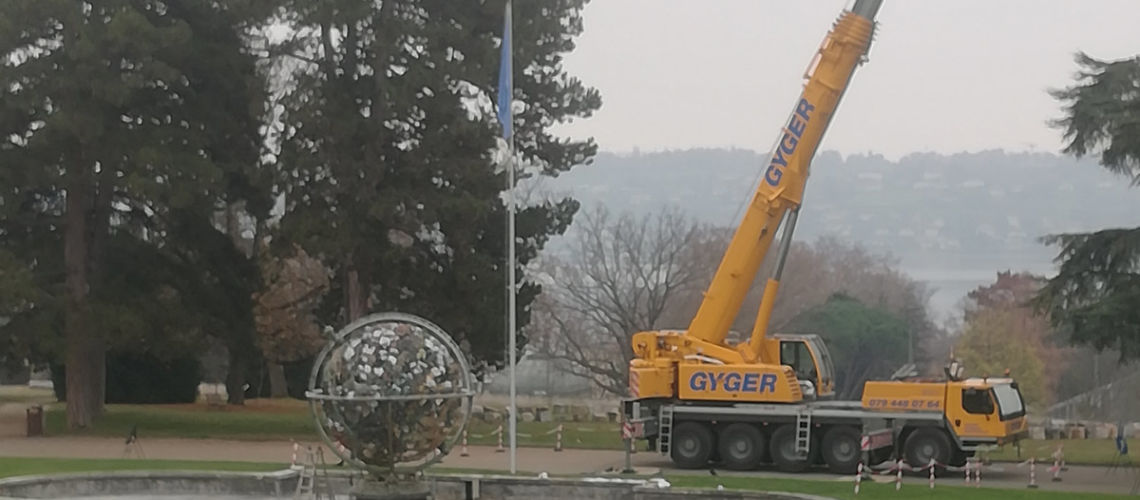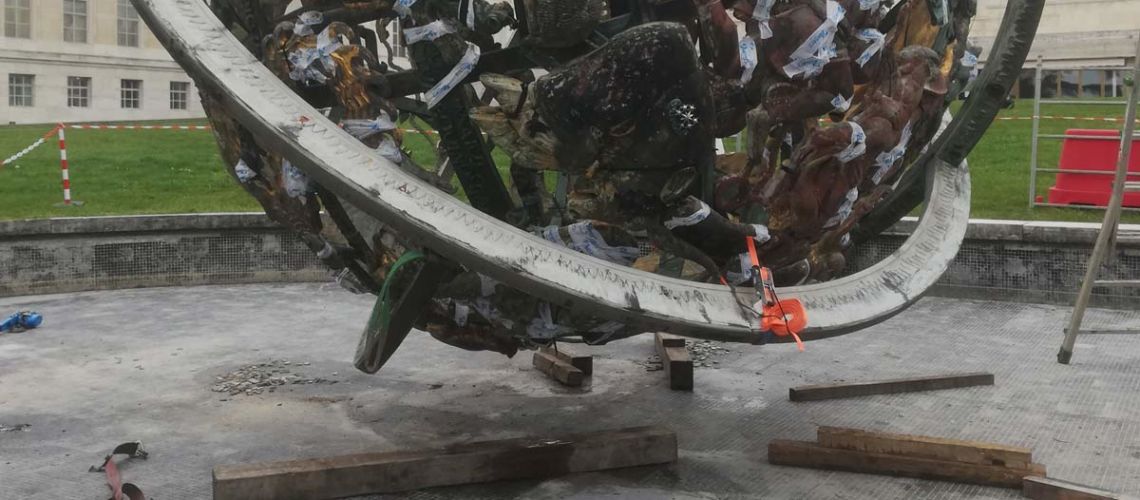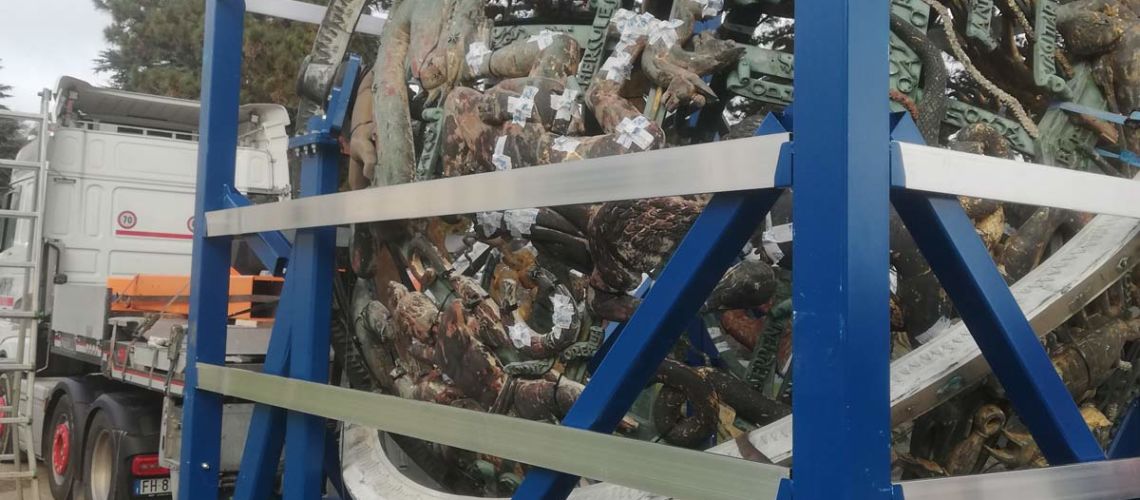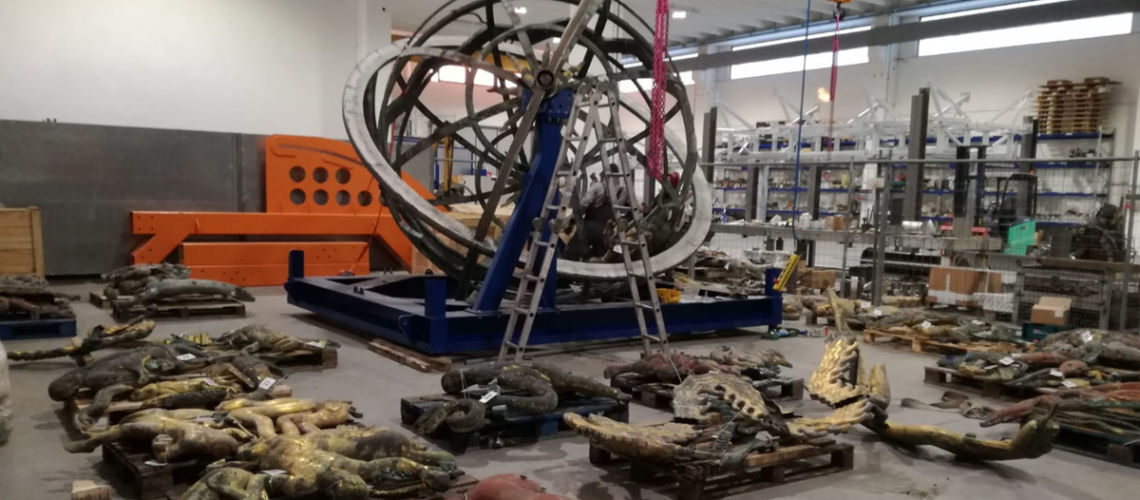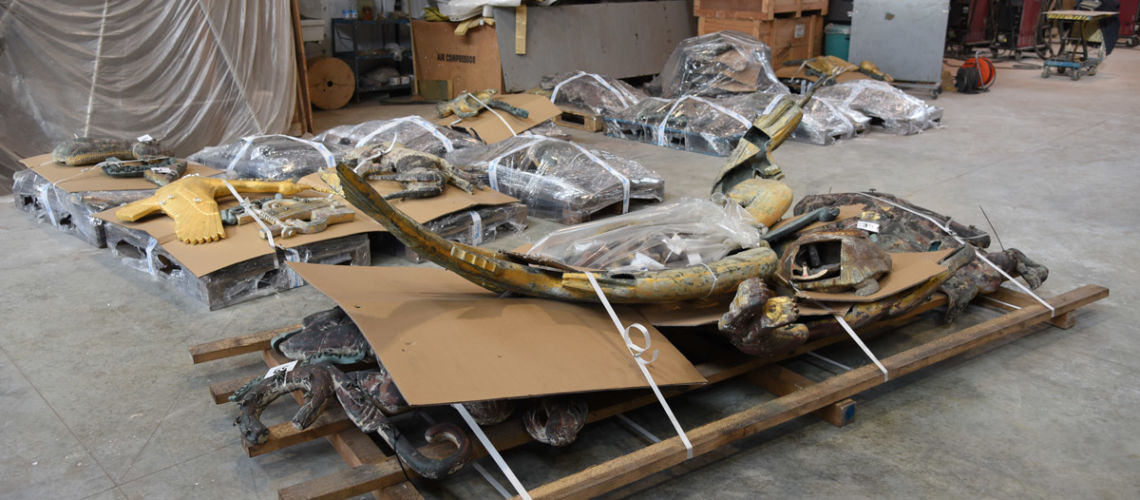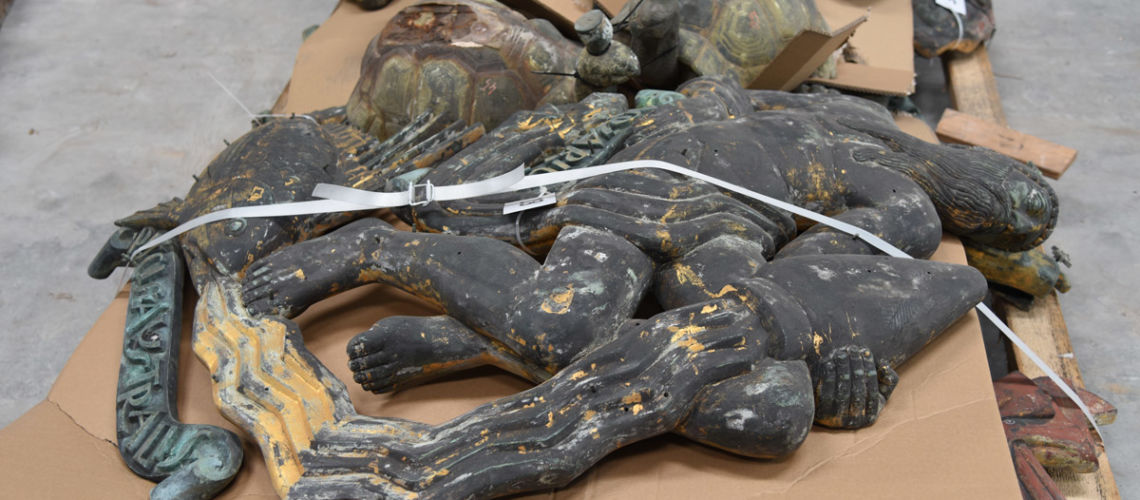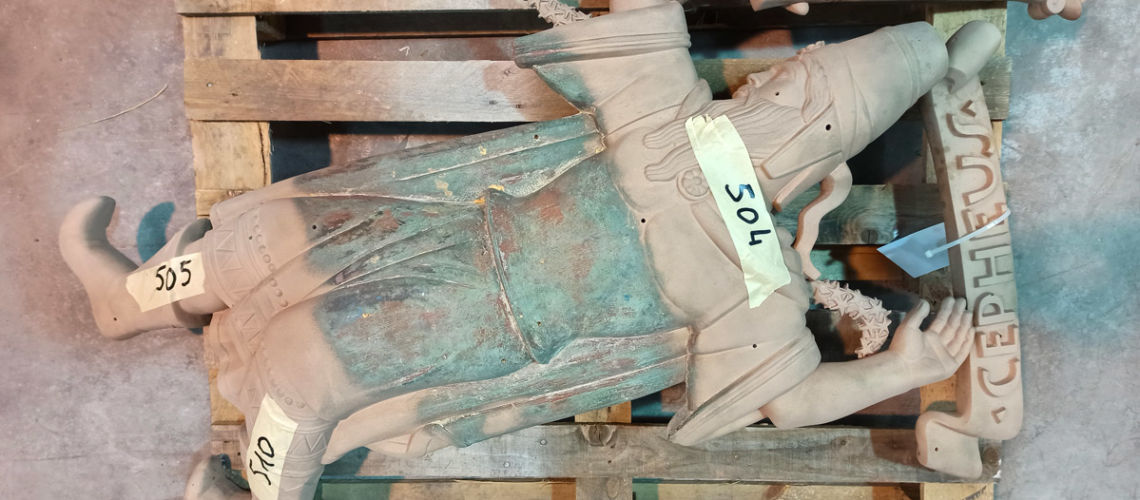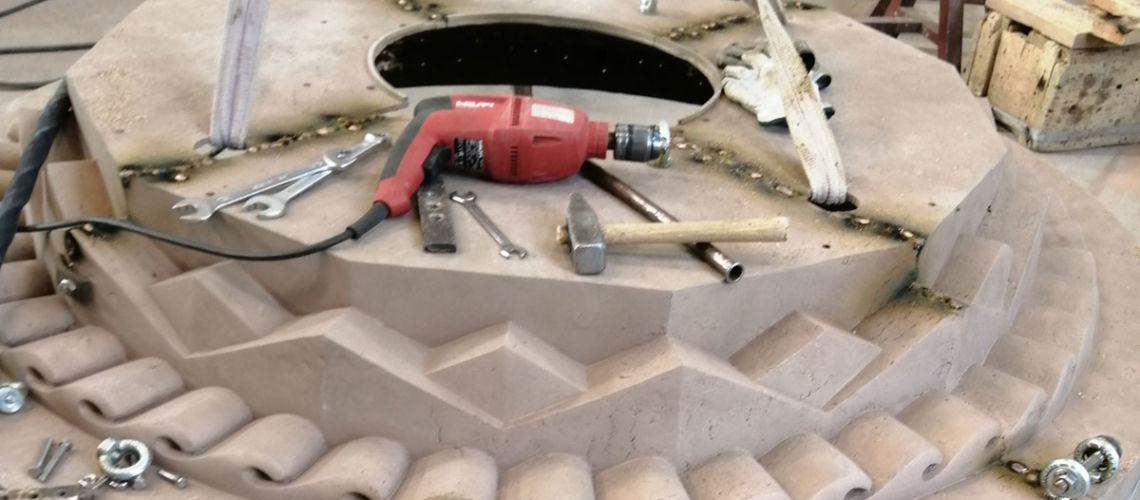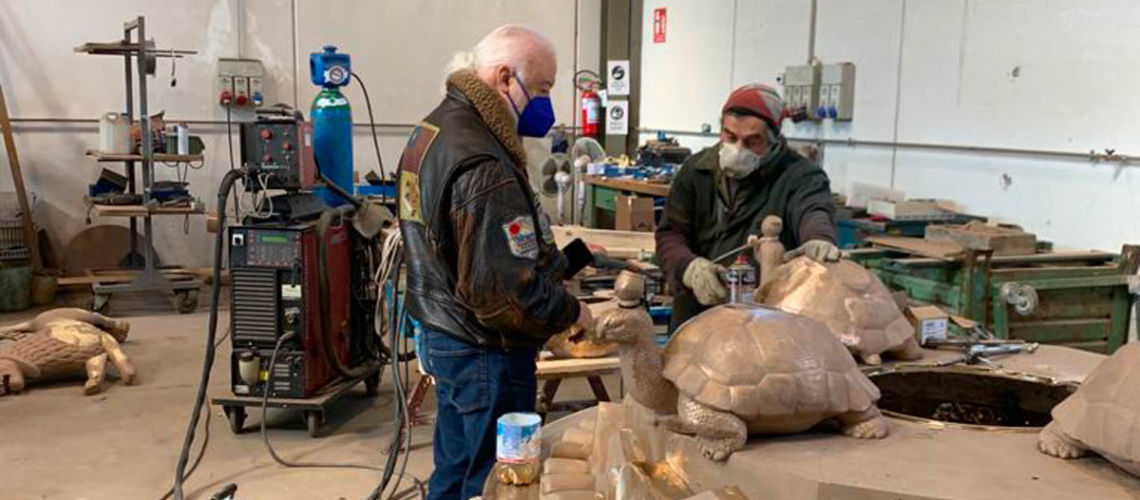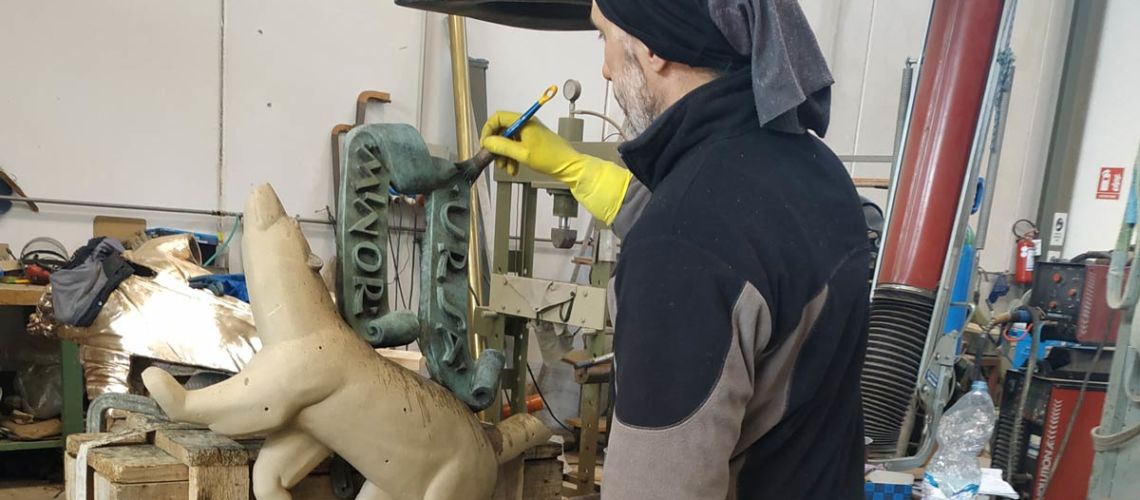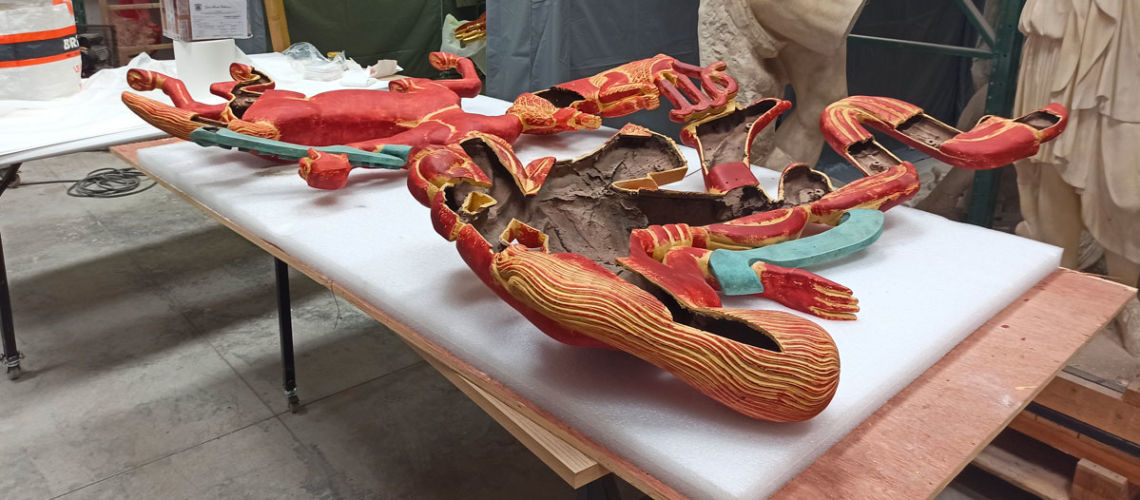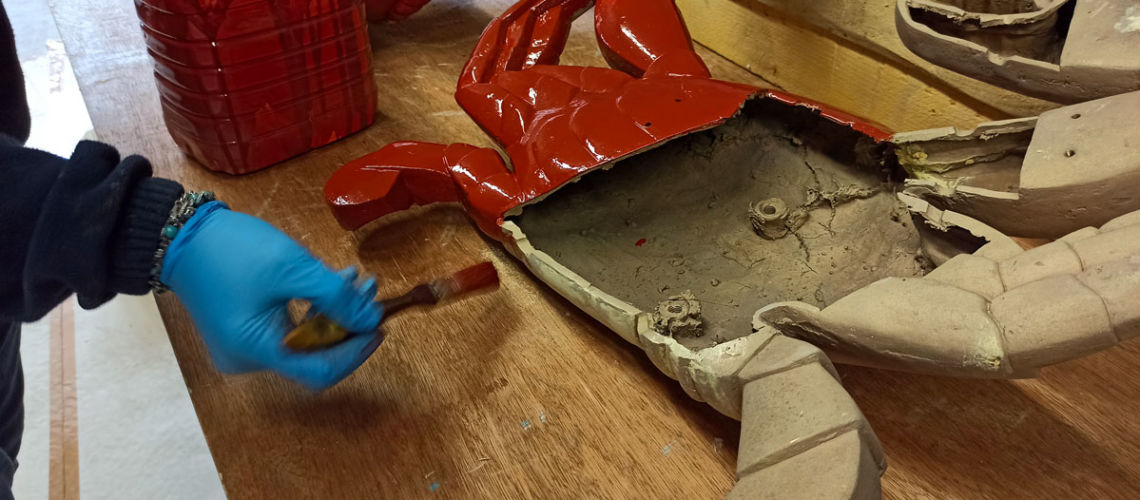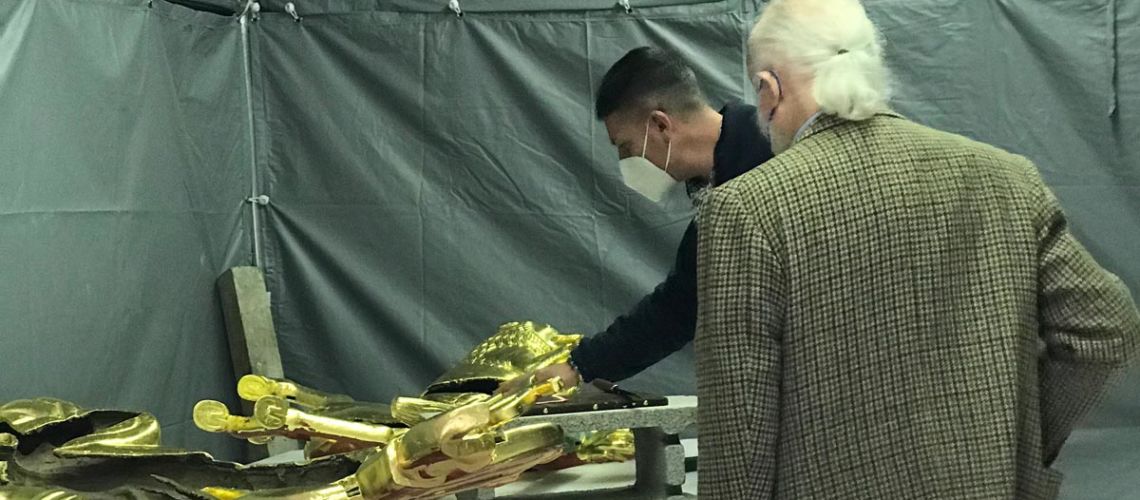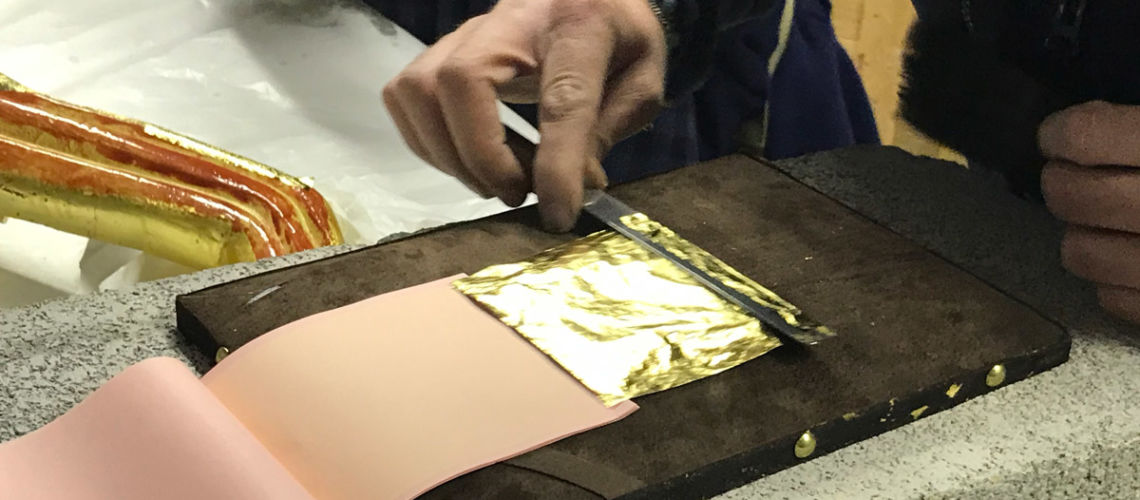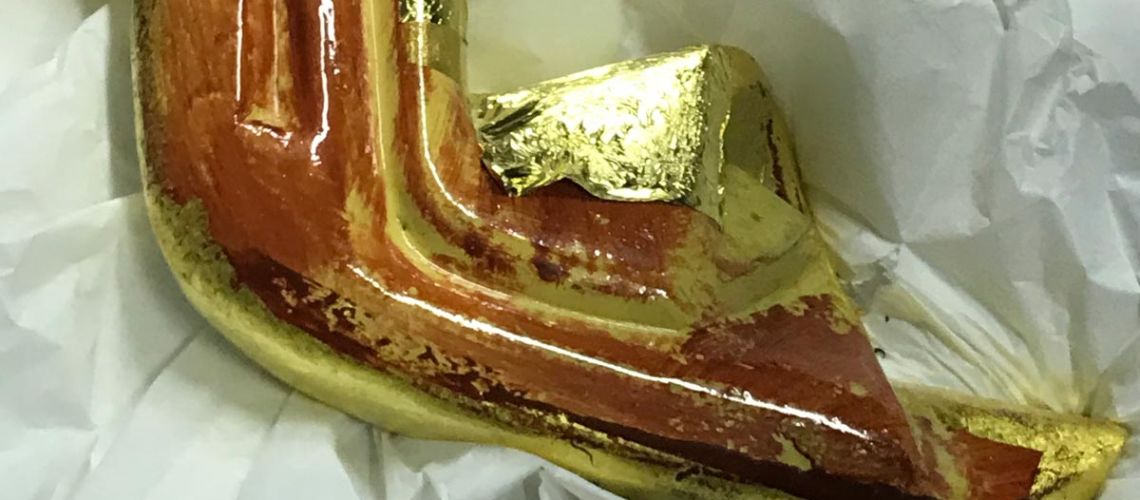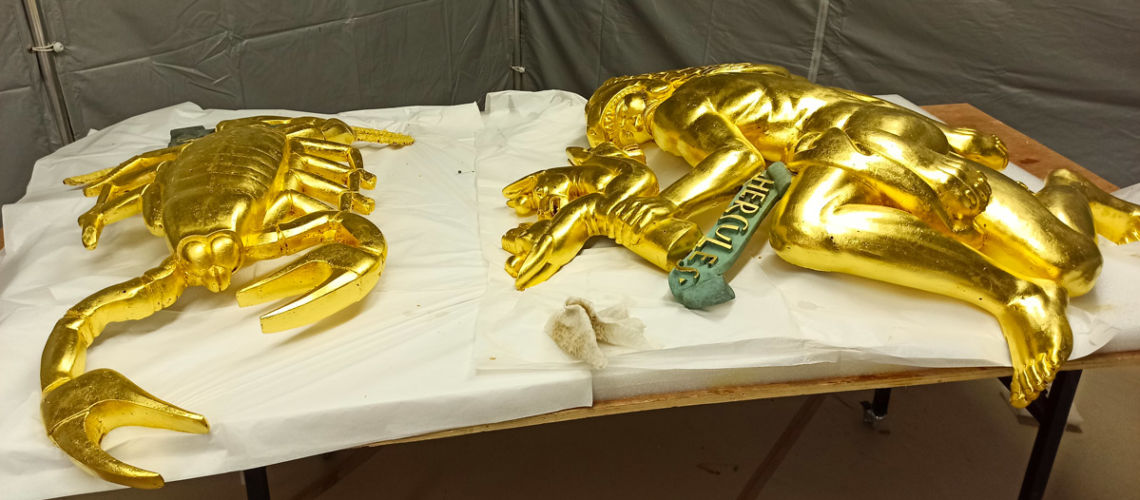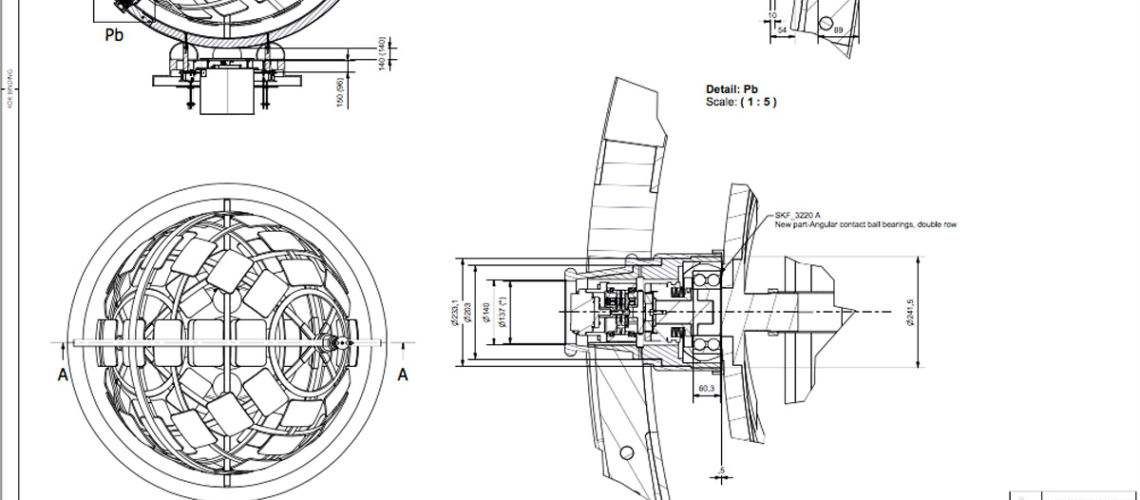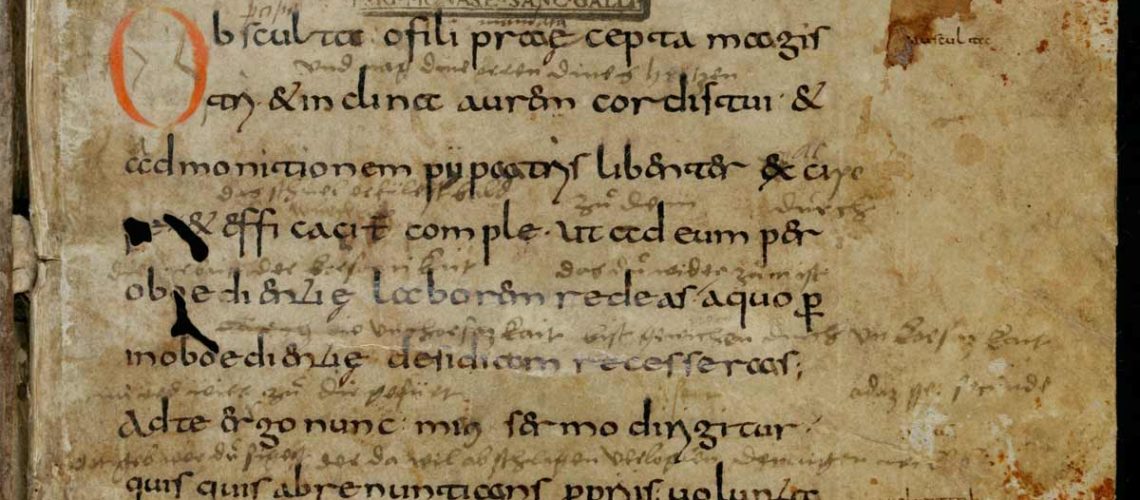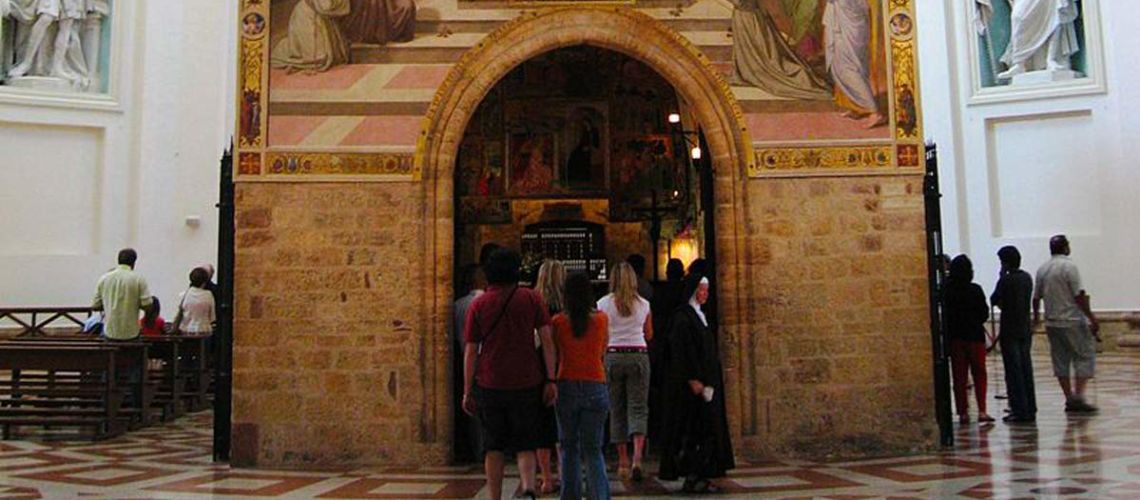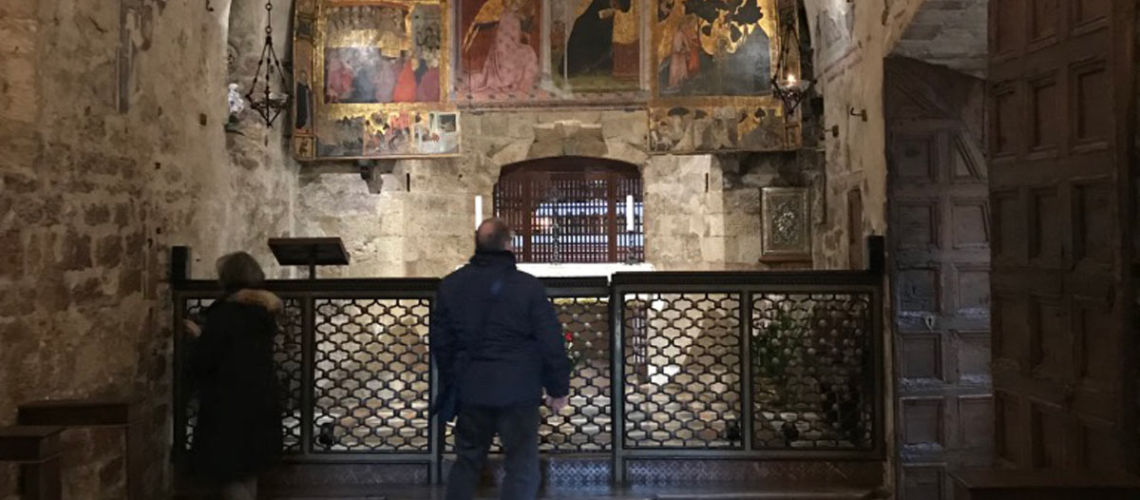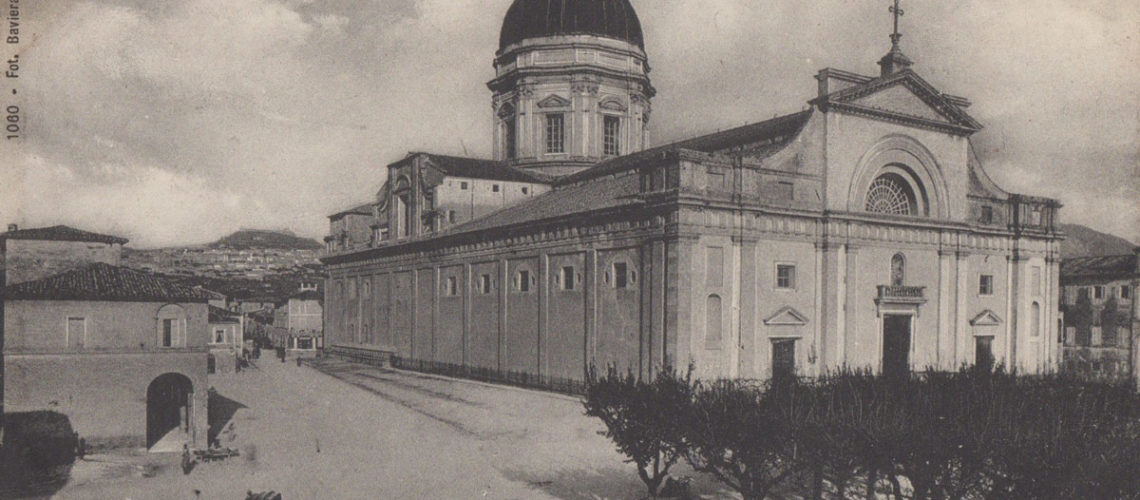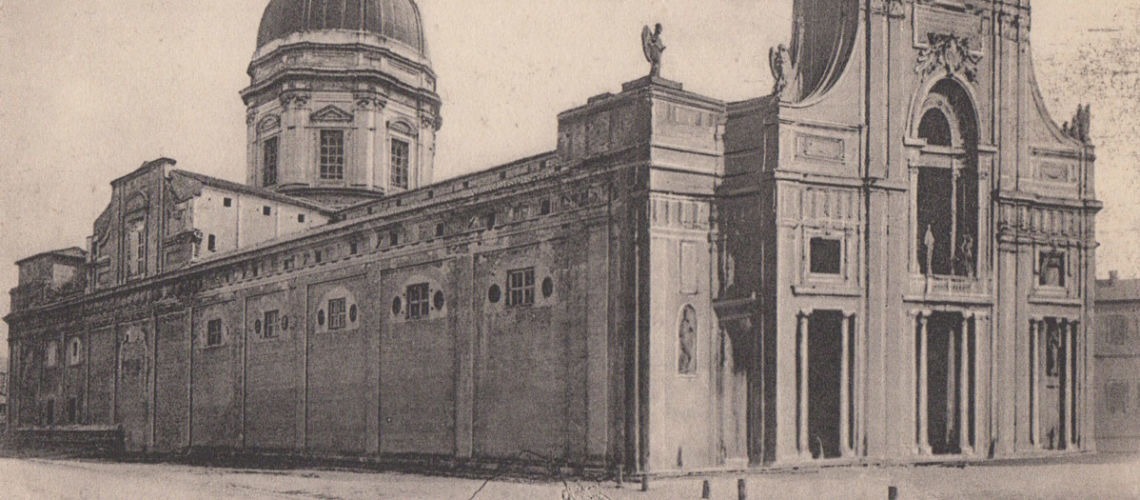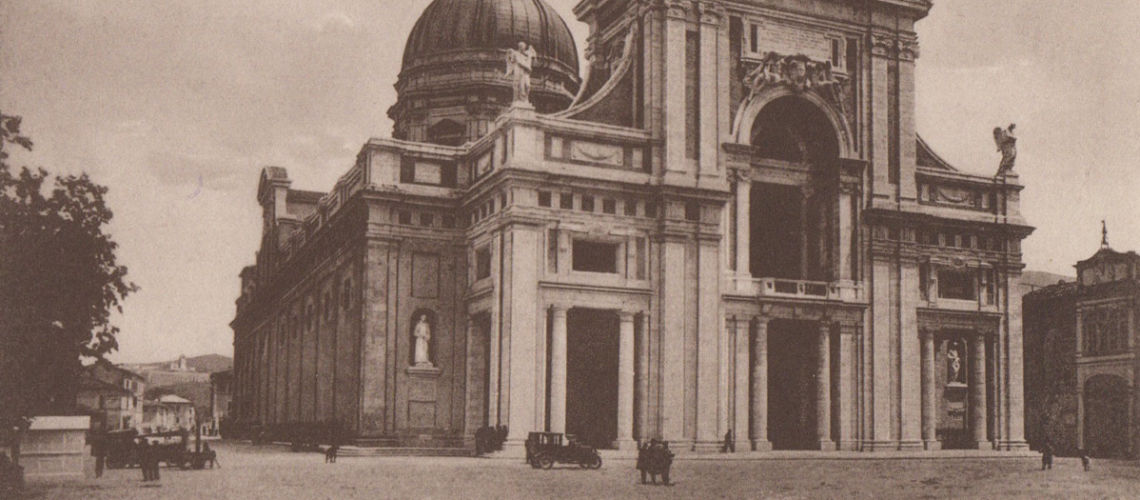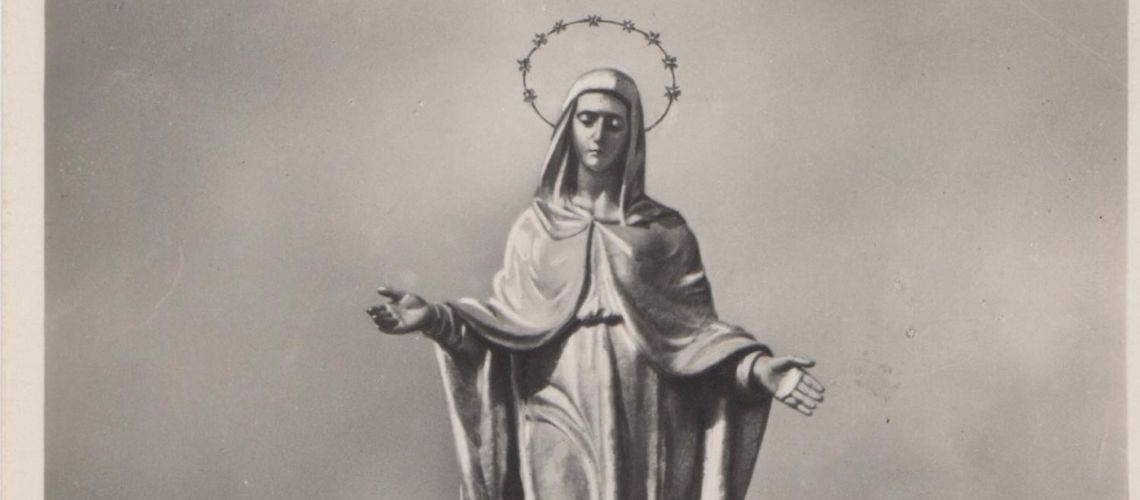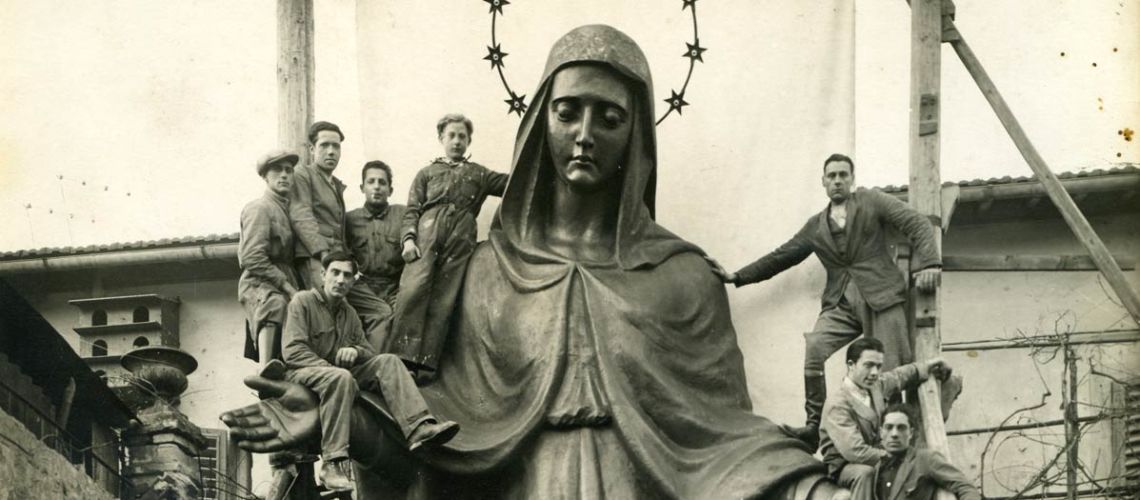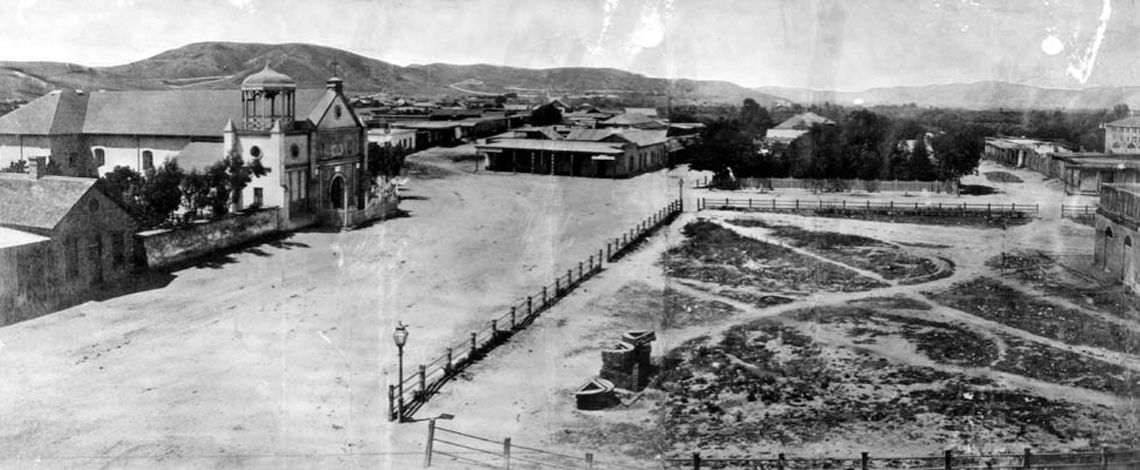The Celestial Sphere in Geneva
Part II
In May 2019, the Ferdinando Marinelli Foundry was invited to the UN Palace in Geneva for a preliminary visit to Paul Manship’s “Celestial Sphere” Monument located in the park in front of the Palace. Marinelli was accompanied by Carlo Lanaro, owner of Lanaro Steel Technology, specialized in the production of stainless steel and mechanical machinery.
In September 2019 Marinelli with Lanaro was invited to the interview that the UN Commission in charge of following the restoration of the monument asked to have in Geneva, where the previous works carried out by both companies and the restoration proposals of the ” Celestial Sphere ”. The Ferdinando Marinelli Foundry would make the restoration of bronze sculptures, Lanaro Seel Technology the execution of a new stainless steel skeleton to replace the original iron one, and in the realization of the astronomical rotating mechanisms of the Sphere.
In February 2020 the restoration of Paul Manship’s “Celestial Sphere” in the park of the United Nations Palace in Geneva was entrusted to the Ferdinando Marinelli Artistic Foundry of Florence with Lanaro as subcontractor for the steel parts and mechanical structures.
From the historical photos of the UN it has been confirmed that originally the skeleton of the sphere to which the lost-wax and then gilded bronze sculptures were attached was made of iron.
Our work began in Geneva with the dismantling of the Sphere from its base.
The sphere was then transported to the foundry with a special frame created to house it during the “exceptional transport” (given the sphere’s measurements); and here all the bronze sculptures have been carefully disassembled and detached.
After having studied the state of conservation and the best type to use, the surfaces of the bronzes were brought back to their primitive state, eliminating the remains of gilding and the underlying old bolus.
After we proceeded with the restoration of the damage suffered by the sculptures over the years.
The parts of the sculptures that were not gilded were then patinated, as the sculptor Paul Manship had wanted.
New coats of bole were applied: yellow and red, to make all parts of the sculptures with a brilliant gilding, as requested by the UN officials.
And the long work of gold leaf gilding of the bronze sculptures began with the ancient system called “a missione”.
At the same time Lanaro Steel technology and its engineers calculated and executed all the projects necessary for the construction of the stainless steel structure and the mechanisms for the astronomical rotation of the “Celstial Sphere”.

